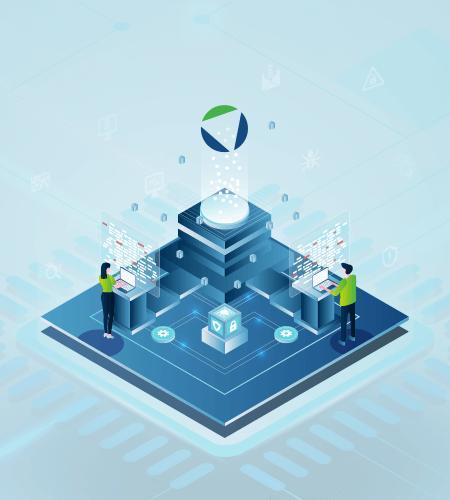Continued Exploitation and Evolution of ProxyShell Vulnerabilities - The Monitor, Issue 22
In August 2021, threat actors started to exploit ProxyShell vulnerabilities in certain Microsoft Exchange Server versions. Today, not only is Kroll seeing actors continue to leverage ProxyShell in larger network intrusions but also now organizations must also be on guard for the so-called ProxyNotShell vulnerabilities, which surfaced in September 2022.



